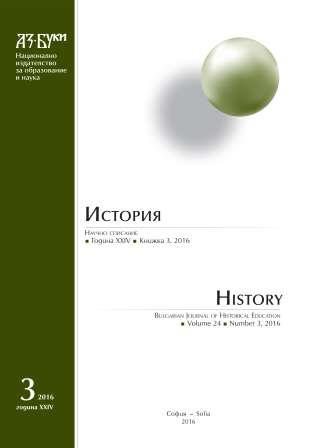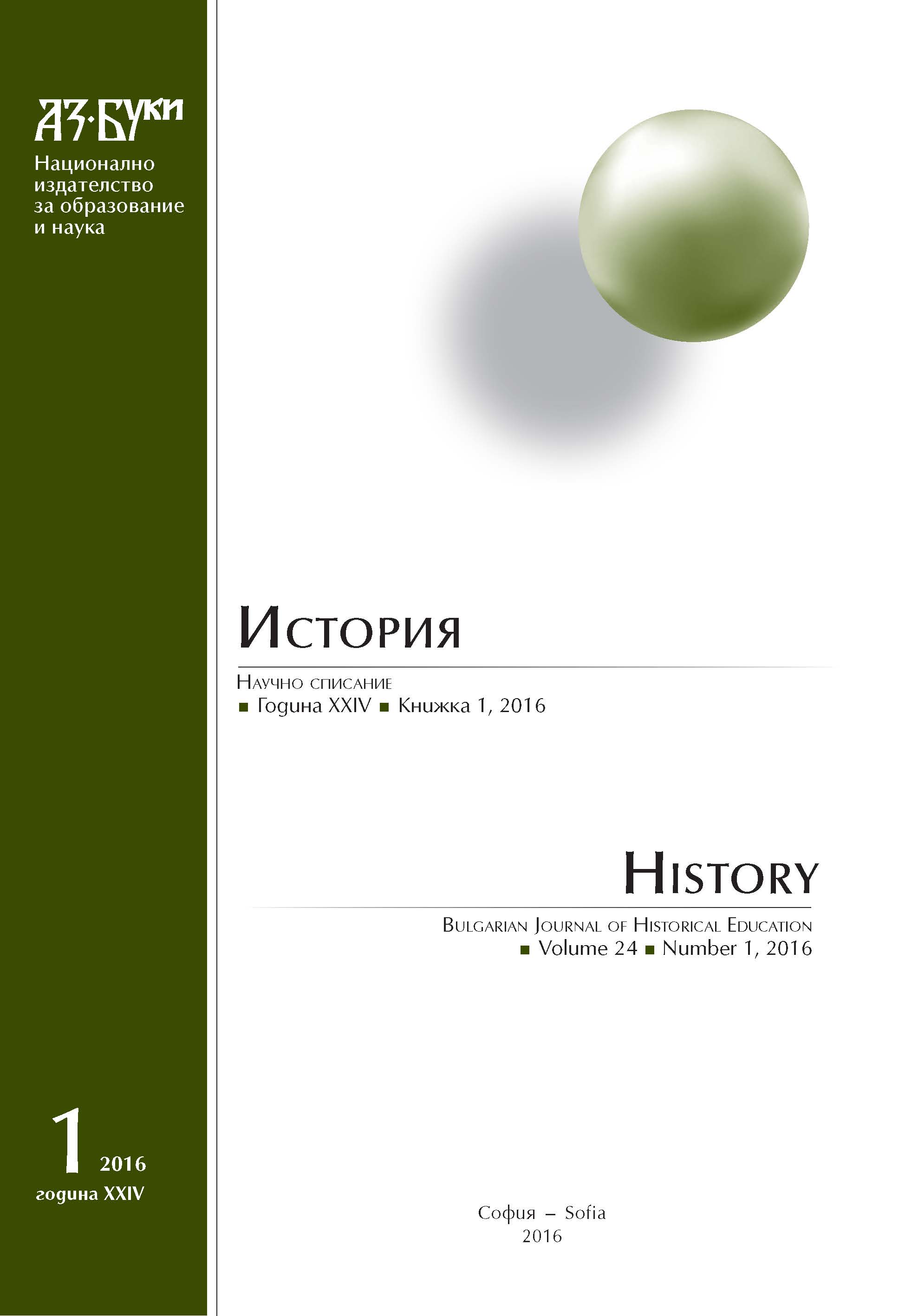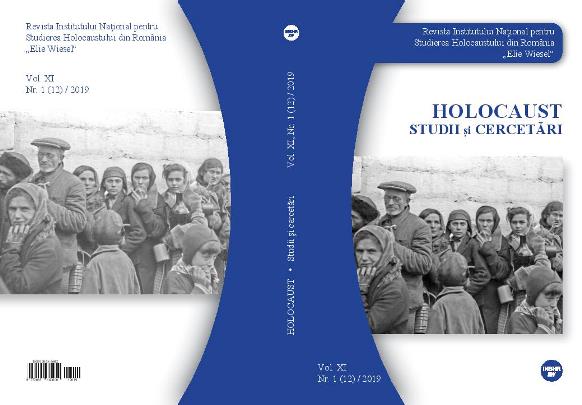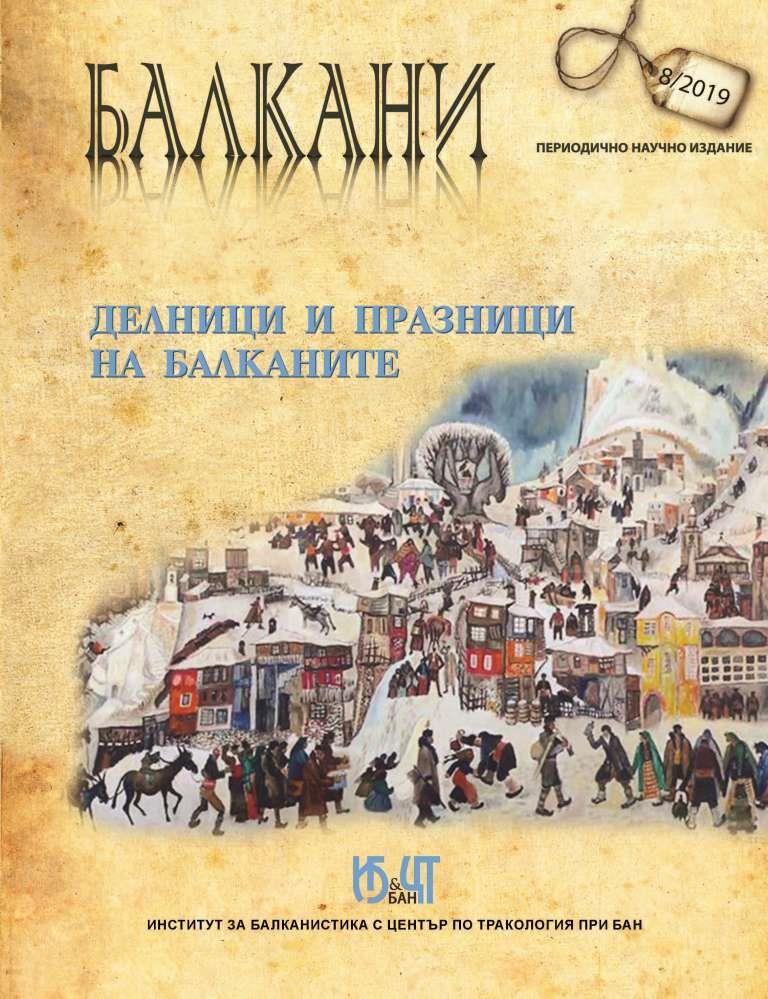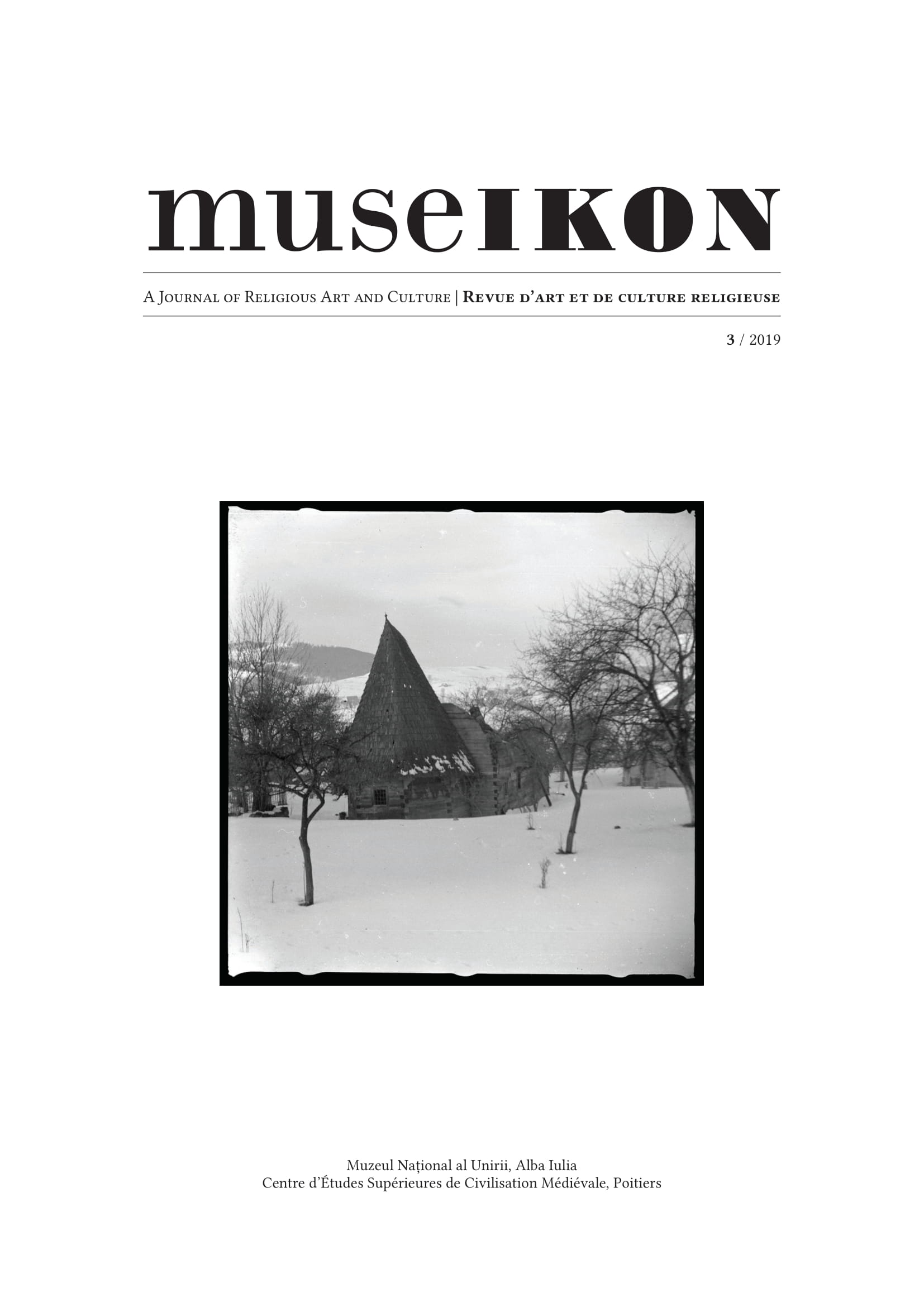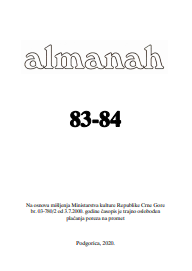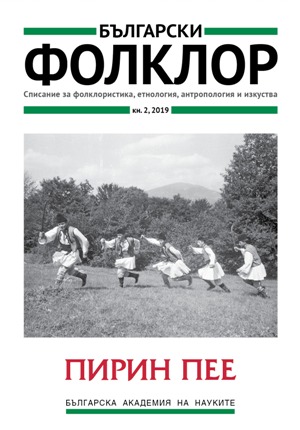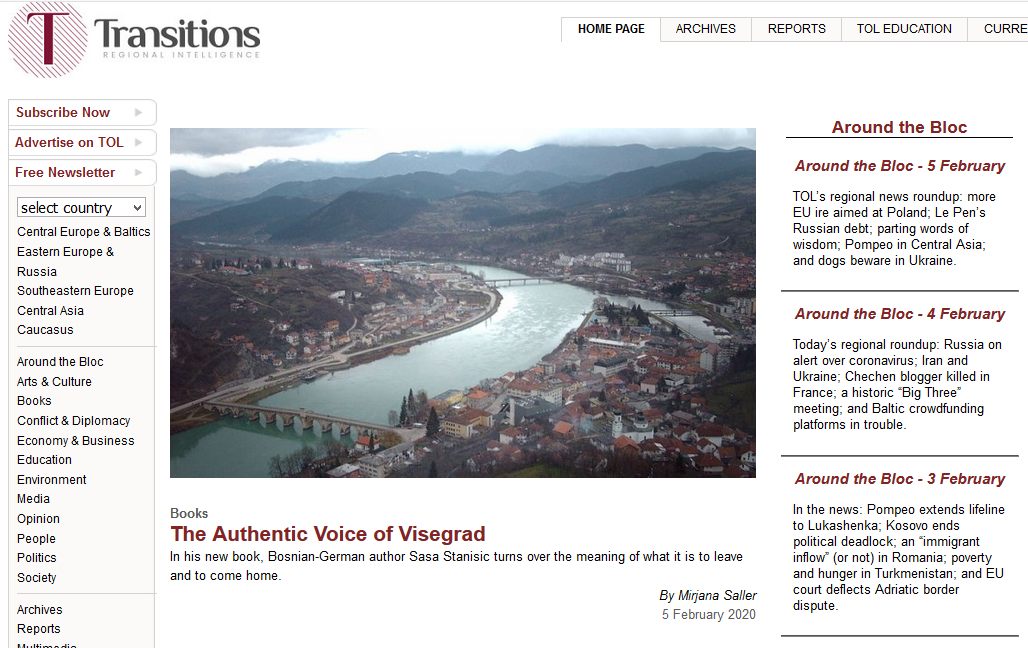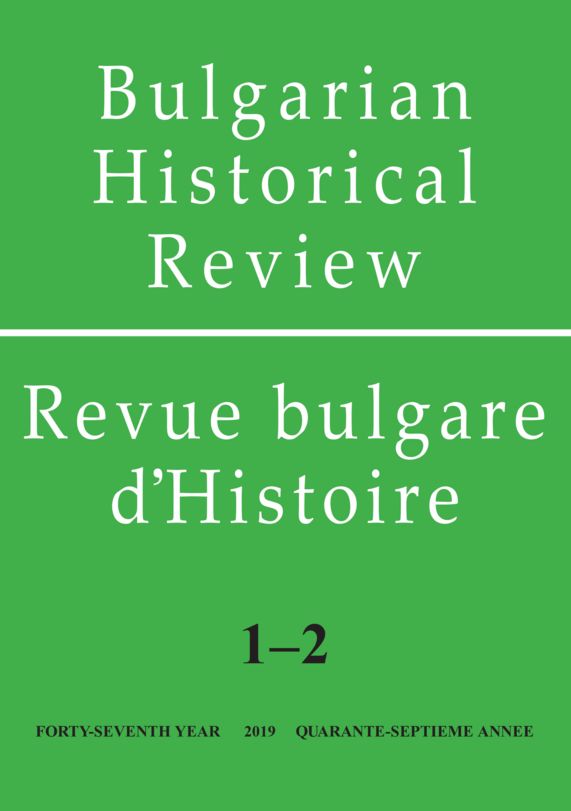Author(s): Rifat Alihodžić,Šerbo Rastoder,Safet Hadrović Vrbički,Senad M. Karađuzović,Sead Bandžović,Sait Š. Šabotić,Ismet Dedeić,Kostas Mavrakis,Alen Peričić,Selma Đečević / Language(s): Bosnian
Issue: 83-84/2020
Reviews of: 1. Zlatko Karač, Alen Žunić „Islamska arhitektura i umjetnost u Hrvatskoj. Osmanska i suvremena baština“, „Islamic Architecture and Art in Croatia. Ottoman and contemporary heritage“, Arhitektonski fakultet Sveučilišta u Zagrebu, UPI-2M PLUS Zagreb, 2018. Review by: Rifat Alihodžić; 2. „Modernost Zlatka Glamočaka“, Review by: Kostas Mavrakis; 3. Gani Karamanaga „Gradski Pazar“, Review by: Šerbo Rastoder; 4. Šerbo Rastoder, „Murteza Karađuzović (1865 - 1941), muftija crnogorskih Muslimana“, Almanah, Podgorica, 2019, Review by: Alen Peričić; 5. Mehmed Pargan „Grad u cvatu magnolije“; Izdavač: BMG Bosanska medijska grupa, Tuzla, 2018., Review by: Safet Hadrović Vrbički; 6. „Slovo o knjizi“, Review by: Senad Karađuzović; 7. Harun Karčić „Šerijat i pravni pluralizam u Evropi: primjeri koegzistencije religijskog i sekularnog prava na Starom kontinentu“, Centar za napredne studije, Sarajevo, 2018, str. 206., Review by: Sead Bandžović; 8. „Slike Aldemara Ibrahimovića - arhitektura sjedinjenog vremena“ (uz izložbu Aldemara Ibrahimovića u Modernoj galeriji u Podogorici), Review by: Selma Đečević; 9. Enes Pelidija, “Osmanisti Bosne i Hercegovine do kraja XX stoljeća”, knj. I, Mostar, 2019, 237 str., Review by: Sait Š. Šabotić; 10. „Sandžački Bošnjaci u brčanskom kraju: Posavina u srcu, Sandžak u duši“, Review by: Ismet Dedeić
More...
